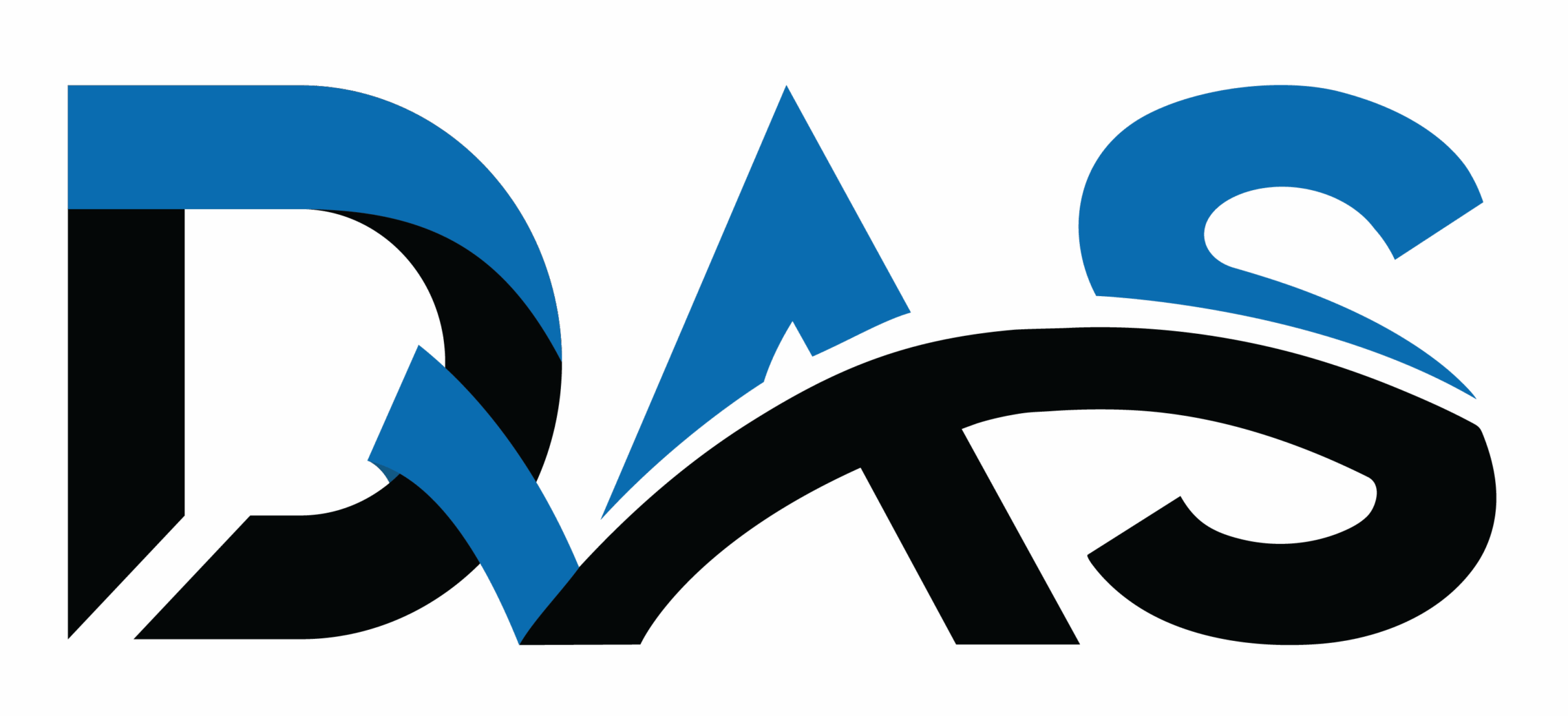Riggers Training
🏗️ Riggers Training
Riggers Training is a structured safety and competency programme designed to equip individuals responsible for preparing, securing, and directing loads during lifting and hoisting operations.
Riggers play a critical role in ensuring safe, balanced, and efficient load handling across sectors such as construction, manufacturing, ports, shipyards, oil & gas, and heavy industry.
🎯 Why Rigger Training Matters
Properly trained riggers help to:
✅ Prevent load drops and crane failures
✅ Improve worksite safety and efficiency
✅ Reduce equipment damage and workplace injuries
✅ Strengthen safe lifting practices and teamwork
🛠️ Training Requirements
📌 Standards & Approach
- Based on international lifting guidelines and codes of practice
- Aligned with national safety legislation
- Can be adapted to company-specific lifting and HSE policies
⏱️ Duration
- Basic Rigger (Level I): 1–2 days
- Intermediate / Advanced Rigger: 3–5 days
- Refresher Courses: Available for experienced riggers
🧾 Training Records Include:
- Attendance log
- Course content outline
- Written and practical assessment results
👥 Who Should Attend
This training is designed for:
- New riggers entering the industry
- Existing riggers looking to strengthen skills
- Crane crew members, signal persons, and rigging assistants
- Maintenance teams engaged in lifting operations
- Supervisors or engineers overseeing lifting activities
Participant Criteria:
- Minimum age: 18 years
- Medically fit for lifting work
- Basic communication skills
- Preferably some familiarity with lifting operations
👨🏫 Trainer Competence
Trainers are expected to have:
- Practical experience in rigging operations
- Knowledge of load calculations, rigging gear selection, inspection, and lifting plan development
- Skills in instructional delivery, adult learning, and risk management
📝 Competence Assessment
🔍 Pre-Training Assessment – Evaluate existing knowledge and experience
📝 Written/Oral Examination – Test understanding of load limits, sling types, signals, hazard controls
🛠️ Practical Evaluation – Assess slinging, securing, signalling, hazard identification, and inspection
📋 Competency Checklist – Verify safe practices, PPE usage, communication, and teamwork
📚 Training Services
✅ Types of Training
- Basic Rigger (Level I)
- Intermediate / Advanced Rigger
- Rigging Inspector Awareness
- Signal Person Training
- Customised programmes for oil & gas, marine, construction, and manufacturing
✅ Features
- Delivered by experienced instructors
- Combination of classroom theory + practical hands-on sessions
- Real rigging gear used during training
- Adapted to site-specific equipment and lifting operations
✅ Additional Support
- Development of rigging plans and lifting procedures
- Lifting operation risk assessments
- Refresher training and ongoing skills development
🌟 Benefits of Riggers Training
✅ Improves workplace safety culture
✅ Reduces lifting-related accidents and downtime
✅ Builds skilled, confident, and competent rigging teams
✅ Enhances overall operational efficiency
